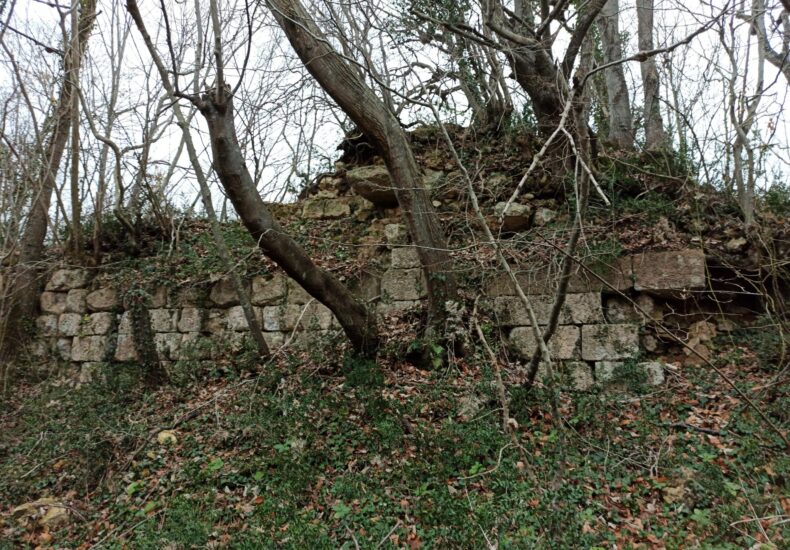
Byzantium’s Forgotten Defense Line: The 1,500-Year-Old Anastasian Wall
Few visitors exploring Istanbul’s historic treasures know that 65 kilometers west of the city, hidden among forests and fields, lies one of Byzantium’s most ambitious but forgotten fortifications: the Anastasian Wall, also known as the Long Walls of Thrace. Built in the early 6th century under Emperor Anastasios I, this massive line of defense once

Rare Mosaics Seized in Gaziantep: 3 Detained in Historic Artifact Operation
In Gaziantep’s Nurdağı district, Turkish gendarmerie officers conducted an operation that resulted in the seizure of two rare mosaics and the detention of three suspects. According to authorities, E.Ç., M.B., and M.B. were under investigation for attempting to sell historically significant mosaics obtained through illegal channels. Acting on intelligence, gendarmerie officers stopped a vehicle belonging
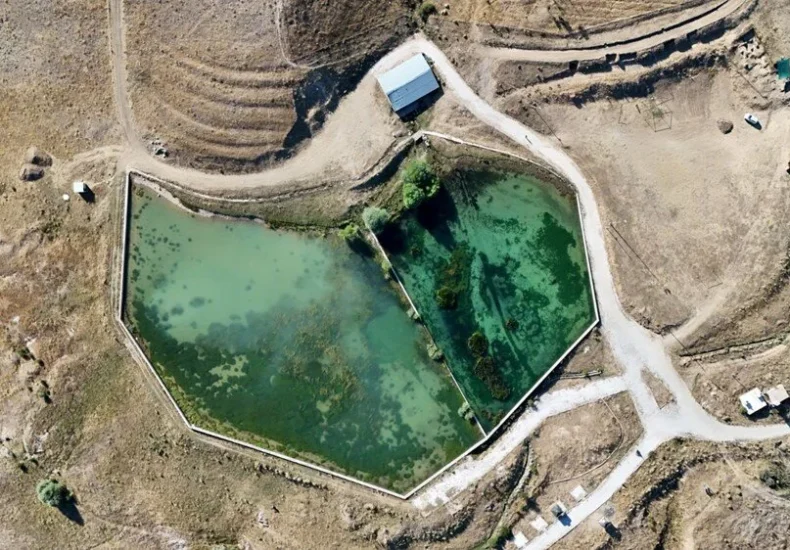
2,000-Year-Old Roman Pool Still Supplies Water in Satala, Türkiye
In the Kelkit district of Gümüşhane, the Satala Ancient City houses a remarkable 2,000-year-old Roman pool that once served Roman legionaries and still meets the drinking and irrigation needs of the nearby Sadak village. Located in the heart of Satala, the pool is considered one of the most significant structures of the ancient city. While
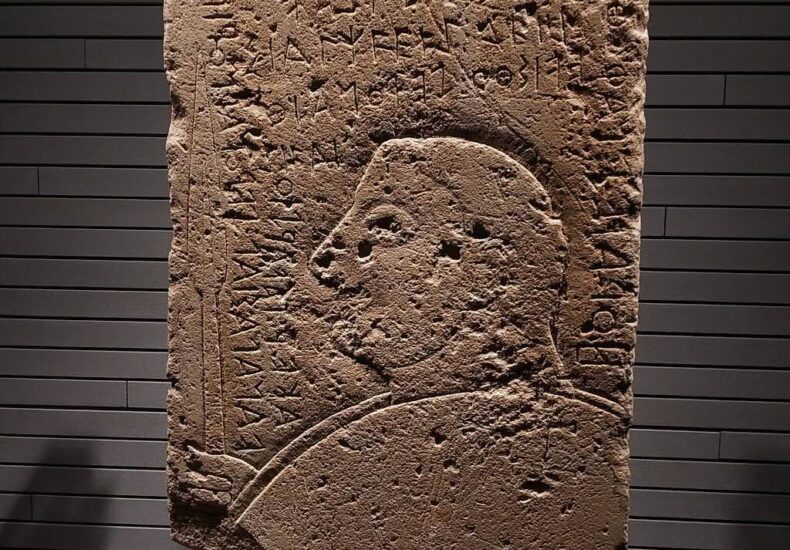
2,600-Year-Old Kaminia Stele: The Linguistic Mystery of the Northern Aegean
In the summer of 1885, on the windswept island of Lemnos, archaeologists uncovered more than just a gravestone near the village of Kaminia. This local stone stele, dating back to the 6th century BC, carried a secret preserved in its inscriptions: a linguistic mystery that has puzzled scholars for over two millennia. The Kaminia Stele
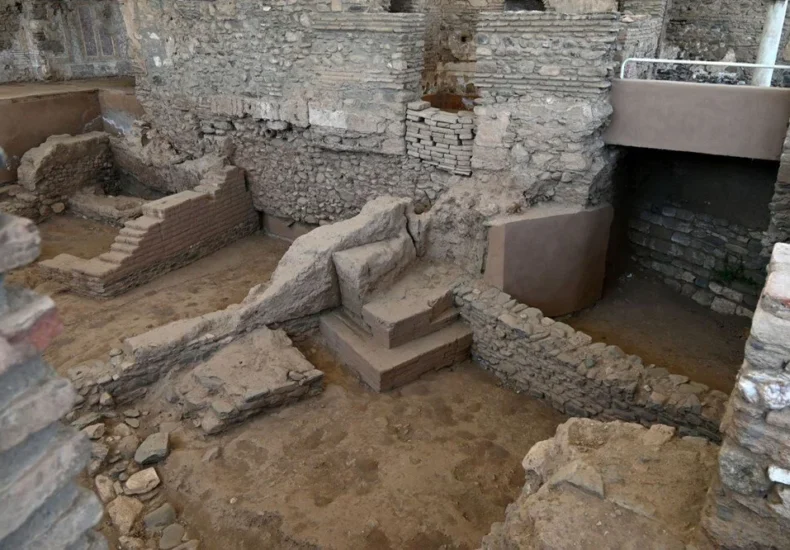
Traces of Lydia in Sardis: A 2,700-Year-Old City Opens to Visitors for the First Time
Rising from the fertile plains of the Gediz Valley, Sardis stretches across time like a vast cultural mosaic. The towering columns of the Temple of Artemis, the grandeur of Roman baths, and the largest ancient synagogue of its era—this is Manisa’s Salihli district in western Türkiye. Yet the true heart of this ancient city, the

Cross-Carved Ancient Rock-Cut Tomb Officially Registered in Suruç, Türkiye
A recently identified rock-cut tomb in the Köseveli neighborhood of Suruç, Şanlıurfa, has been officially recorded as part of the province’s cultural heritage inventory. The registration was carried out under an ongoing documentation project aimed at cataloging all historical landmarks in the region. Şanlıurfa Governor Hasan Şıldak announced the discovery on social media, emphasizing that

The Statue of Hestia, the Guardian Goddess of Aigai, from the Hellenistic Period, is Now on Display at the Manisa Museum
A 2.7-meter-tall marble statue of the goddess Hestia, discovered in 2005 during excavations at the ancient city of Aigai in western Türkiye, is now on display for the first time. Believed to be the only known Hestia statue from the Hellenistic period that has survived to the present day, it is showcased in a specially
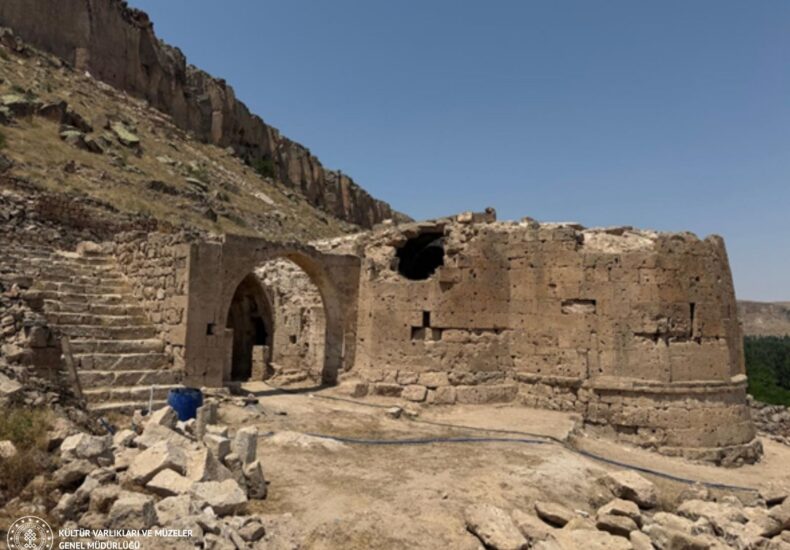
Saint Georgios, Cappadocia’s Forgotten Church, to Reopen After 700 Years
Saint Georgios, a long-forgotten 13th-century Byzantine church tucked away in Türkiye’s Cappadocia region, is undergoing meticulous restoration and will reopen to visitors after 700 years. Hidden among the sun-scorched rock formations of Central Türkiye, in a quiet village far from the well-trodden tourist trails, a forgotten Byzantine church is preparing for a second life. Saint
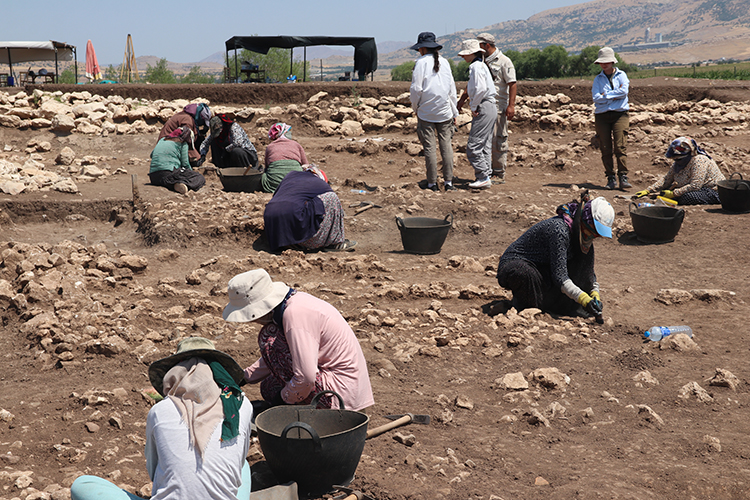
12,000-Year-Old Çayönü Tepesi Reveals Neolithic Grid Structures and a Bronze Age Water Channel
New archaeological discoveries from Çayönü Tepesi, one of the most significant Neolithic sites in Southeastern Türkiye, have brought fresh insights into early settled life. Excavations in the eastern section of the site have unearthed four grid-planned buildings dating to the Neolithic period (10,200–6,500 BCE) and a water channel from the Early Bronze Age (3100–1100 BCE).

Uncovering the Thracian Legacy: Excavations Begin at Heraion-Teikhos in Tekirdağ
Excavations have resumed at the ancient city of Heraion-Teikhos (“City of Hera”), located in Türkiye’s northwestern province of Tekirdağ, with a new focus on the seaside section of the site. Archaeologists are aiming to uncover traces of the Thracian civilization, one of the most enigmatic cultures of the ancient Balkans and Anatolia. The excavation is
